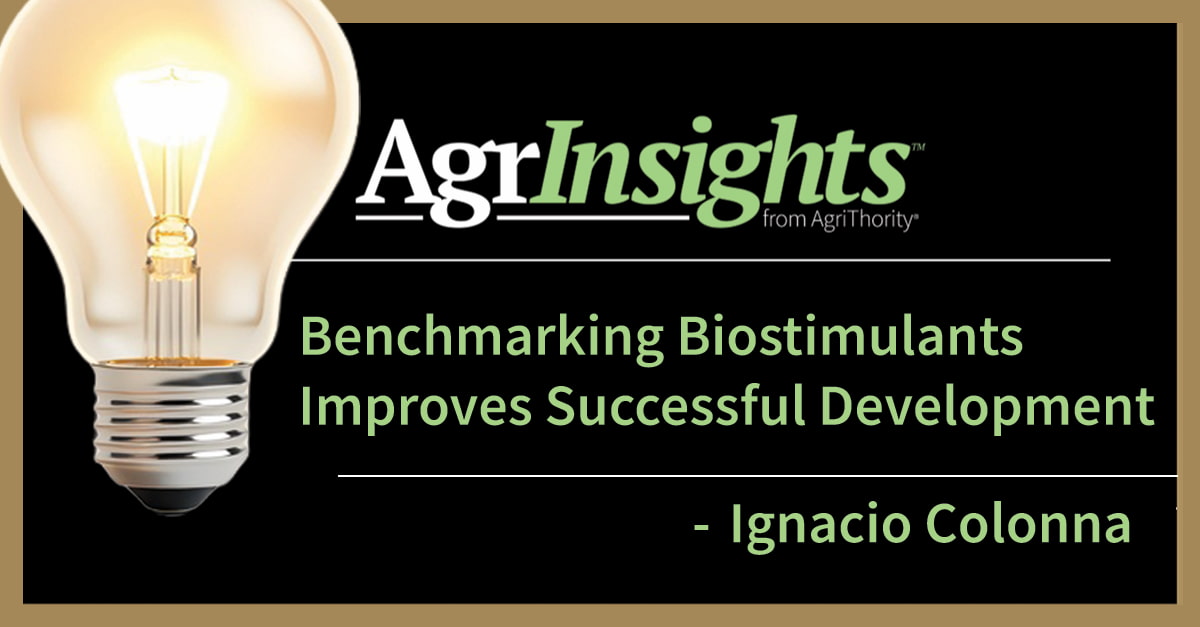Biological products are increasingly used by growers around the globe to control pests and to increase crop productivity. The demand for sustainable, environmentally friendly production methods has increased the rate of adoption of biologicals in the past 10 years, and the use of biologicals is increasing on farms across the world. Understanding the history of biologicals, the evolution of the biological market, and on-farm adoption challenges are critical for biologicals to become mainstream for farmers.
Earliest Uses: Naturally Derived Products
Since 10,000 B.C., naturally derived products like plant extracts, manure and compost helped farmers protect crops, improve soil quality and increase overall plant health. Records in the 17th century show farmers used nicotine to control plum beetles, which fueled the expansion of fungi (beauveria bassiana) and silkworm research. The first biopesticide, Bacillus thuringiensis (Bt) was isolated in 1901 and continues to be the most used biological compound to this day.
While 20th century research of spores and bacteria showed promising results in pest control, products with synthetic and chemical compounds gained popularity by the mid-20th century. These compounds proved to be more cost effective for growers, thus slowing the innovation of biological products.
Resurgence: Microorganisms, Biopesticides and Biotechnology
As growers increasingly adopted chemical pesticides, research investigating microorganisms and their relationship to soil health and pest protection continued. Advancements in the development of biopesticides as field-scale inoculants led to the commercialization of biological products containing agrobacterium radiobacter in the late 1980s and 90s. As a result, innovation in biotechnology furthered production of GMOs.
Concerns about the overuse of synthetic chemicals, along with consumer demand for organic agriculture, created a need for increased biochemical and microbial R&D, and the number of EPA registered biological products began to steadily rise.
Regulatory Approval of Biologicals
Today, there are 390 EPA registered biopesticides available for commercial use and 1,200 companies with products derived from naturally occurring micro- and macroorganisms and plant extracts. However, registration can be challenging for new innovations because of the varying regulatory definitions of biostimulants within and across countries.
“Biologicals in general can be complicated to define because of new discoveries and wide categorizations,” says Richard Shaw, AgriThority® Product Development Manager. “Biostimulants appear to be the most popular type of biological product, but they can also be the most difficult of the biological products to define. Based on the biostimulant’s activity, it could be considered a fertilizer, soil amendment, plant nutrition aid or plant growth regulator. That definition determines how and where registration is needed. The term biostimulant can apply to almost any input.”
The most standard and simple biological classifications are:
- Biostimulants (plant growth/productivity enhancement products)
- Biopesticides (plant protection or biocontrol products)
- Biofertilizer (plant nutrition products)
Importing products for trials and registration is very restrictive because many of the microbes are newly discovered and are less familiar to importation officials. It can be a challenge to take new biological products international and requires sharing more information than some companies are comfortable stating about their products. These steps can also take significantly more time than is expected. However, it can be worth it for companies to be able to expand to new markets.
“The barrier to entry for new biological products is much lower than traditional chemistry, which is part of the influx of new biological products,” Shaw says. “Instead of a team of chemists reengineering conventional chemistries, companies are collecting soil and plant samples to discover new microbes, which can be more attainable for smaller companies. It’s been leveling the playing field for new companies and also for countries whose markets haven’t been as big historically. Combined with the regulatory climate becoming more favorable for biologicals, there is a lot of potential for biological products.”
Because additional companies can participate in the biologicals race, we’re seeing more effective microbials and more successful biological products than in years past. We anticipate the number of more effective biological products getting developed will increase as the industry learns more about biologicals and puts those learnings to use. It will also lead to stronger competition, reduced development time and more options for farmers. The marketplace will be ideal to bring biological products to market.
The Future of Biologicals: Innovation
Today, although conventional chemicals still dominate the agricultural industry, the agricultural biologicals market is valued at US$12.9B. Growers and producers are rapidly incorporating biologicals in their pest-management systems to complement and enhance their current integrated pest management (IPM) practices and incorporate a holistic approach to maximize crop yields, improve quality and minimize pest resistance. As such, the biologicals market is projected to reach US$24.6 billion by 2027.
Precision agriculture technologies are growing in tandem with the biological market, and as these sectors grow, they will increase the efficacy and targeting of biological applications, optimizing impact and minimizing on-farm waste.
Demand for sustainable agriculture has reached an all-time high, as has the need for increased global food production. Additionally, the world population is expected to reach 9 billion by 2037, so it is imperative to find new technologies and innovations in the biological space to ensure the agricultural community can meet consumer expectations and combat the global food crisis.
When your Research is ready for Development, turn to AgriThority® for the scientific product, business and market expertise that can make the difference between a great idea and a breakthrough.



